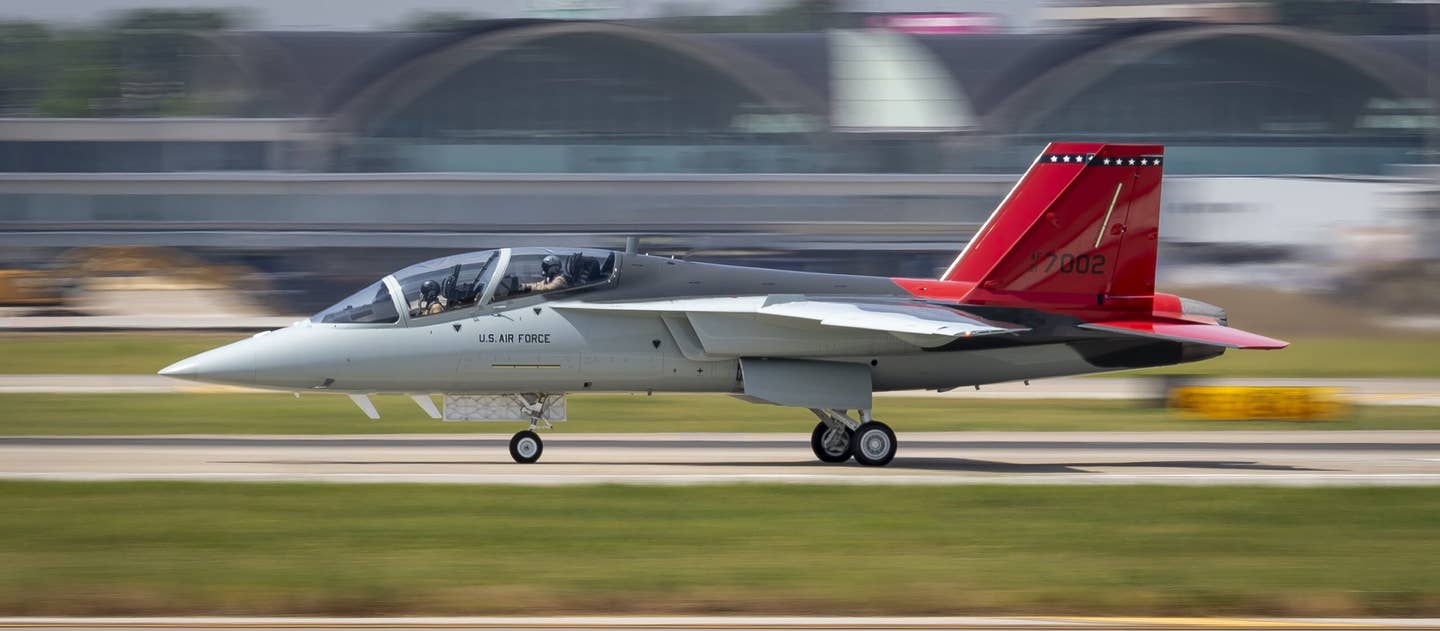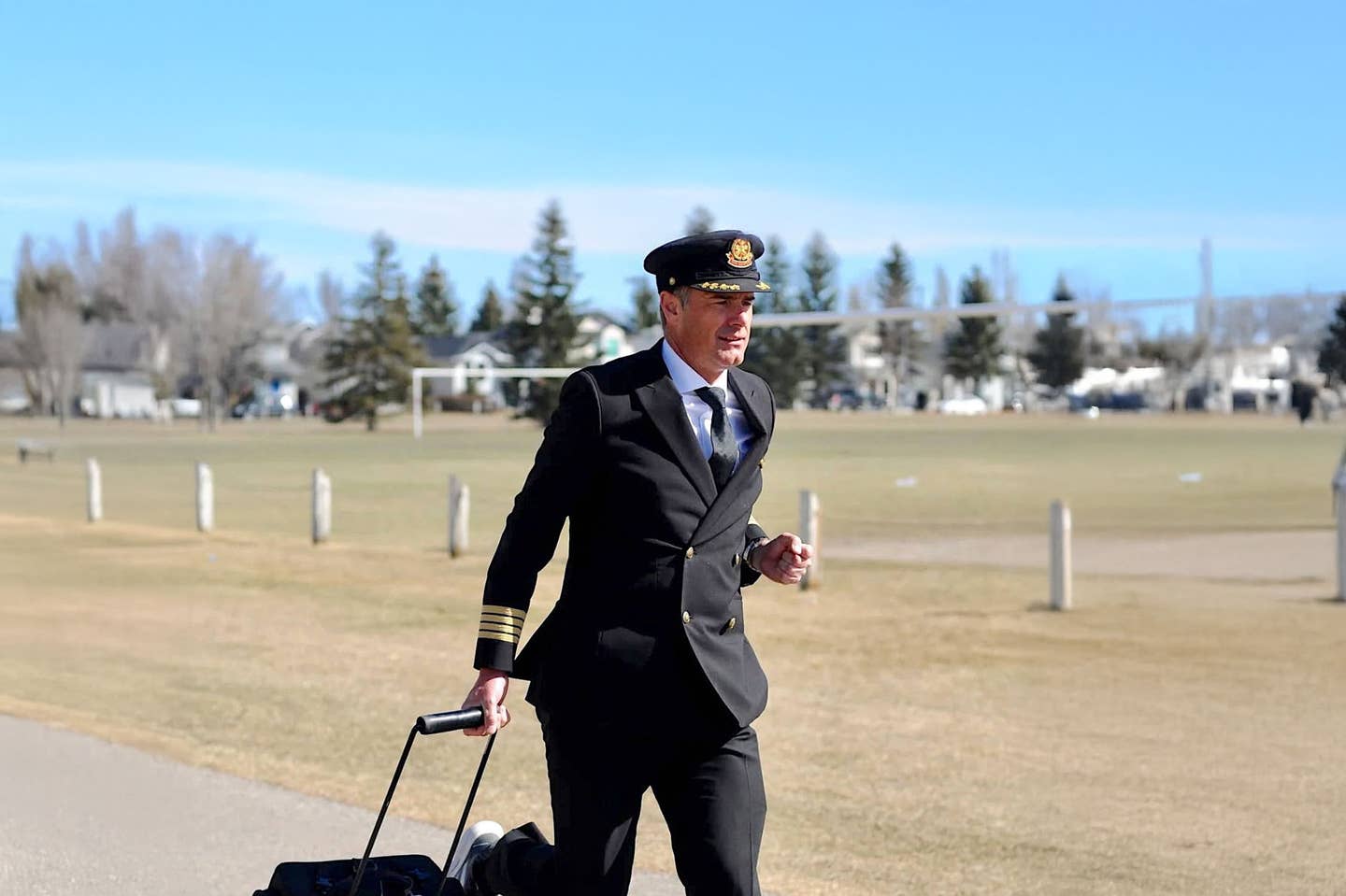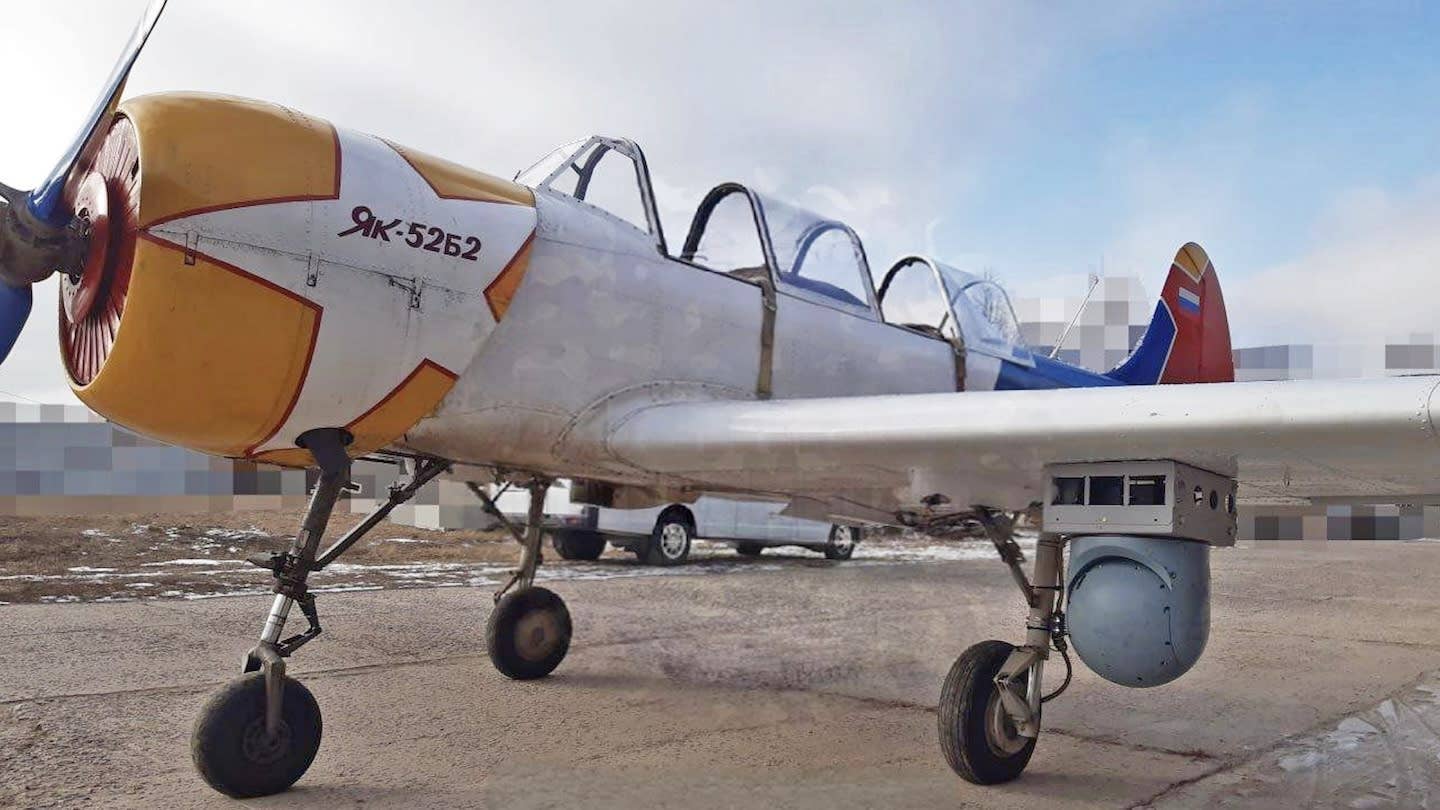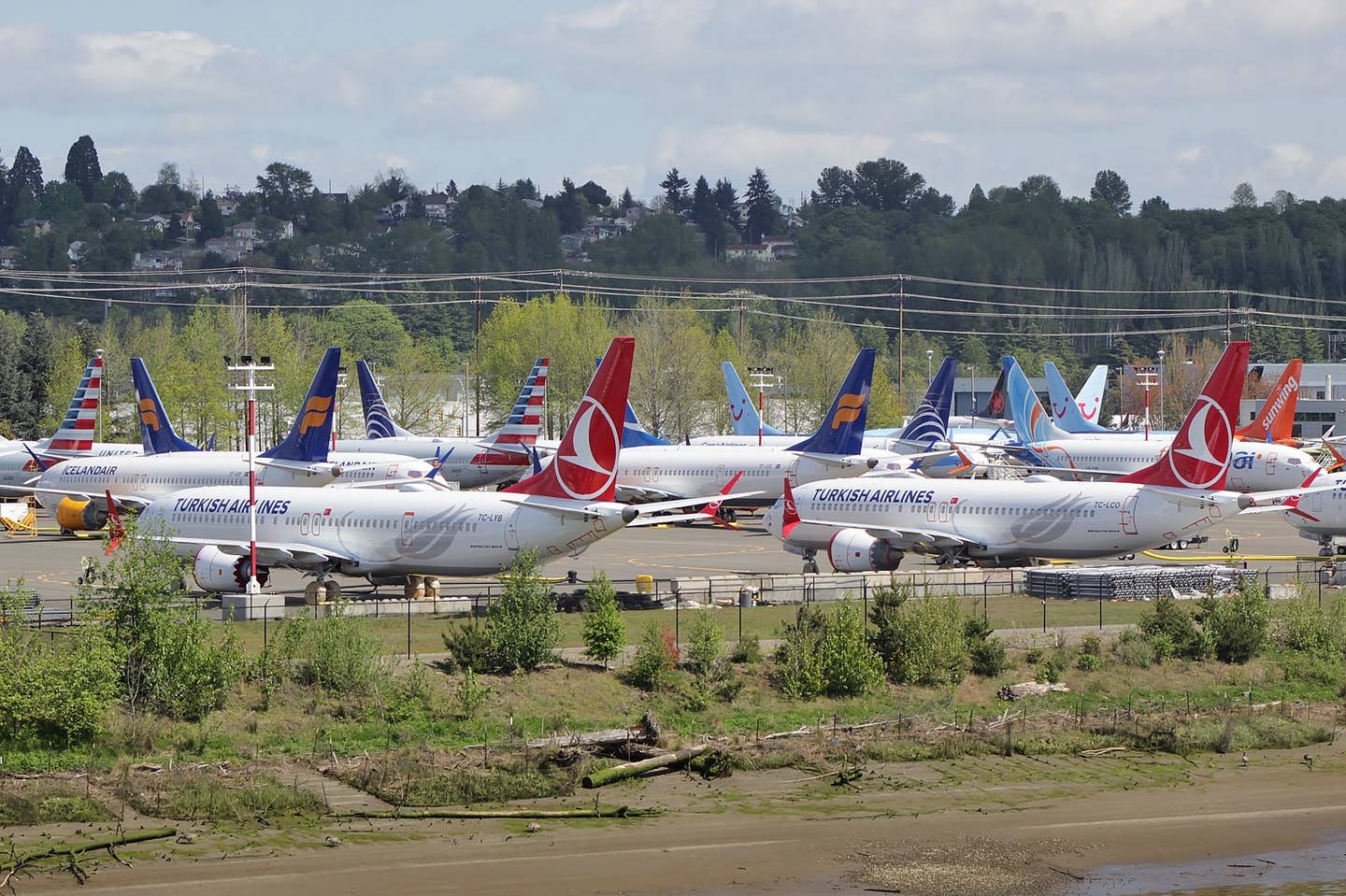T-7A Red Hawk Completes Taxi Tests
Boeing announced on Tuesday that the T-7A Red Hawk military training jet has successfully completed taxi testing. While the model flew for the first time in 2016 as the T-X,…

Image: Boeing
Boeing announced on Tuesday that the T-7A Red Hawk military training jet has successfully completed taxi testing. While the model flew for the first time in 2016 as the T-X, further flight testing is expected to take place at Boeing’s facility in St. Louis later this summer then at Edwards Air Force Base this fall. Boeing noted that it has flown two production-representative jets on “up to six sorties a day recording more than 7,000 data and test points” since it was awarded the $9.2 billion contract for 351 T-7A's by the U.S. Air Force in 2018.
“The flight controls and commands to the fly-by-wire system were crisp and the aircraft maneuvered exceptionally well,” said Boeing T-7 chief test pilot Steve Schmidt. “Everything operated as designed and expected.”
Developed as part of a partnership between Boeing and Saab, the T-7A Red Hawk was digitally designed using Boeing’s 3D model-based definition and data management systems. Production of the Red Hawk officially began in February 2021 with the first unit rolling off the line in April 2022. The model is intended to replace the Air Force’s fleet of aging T-38 trainers.






